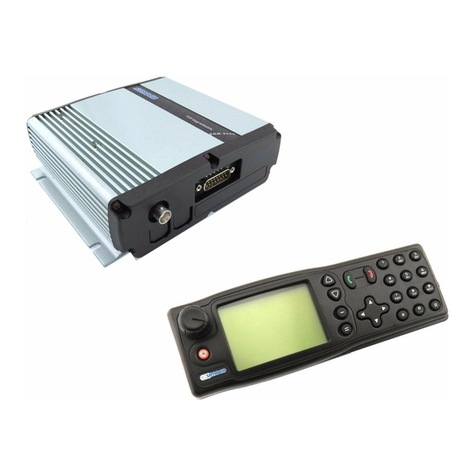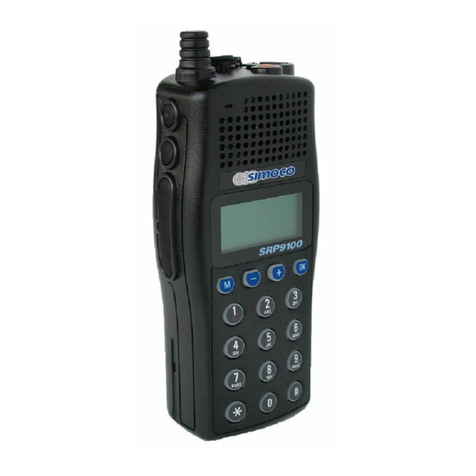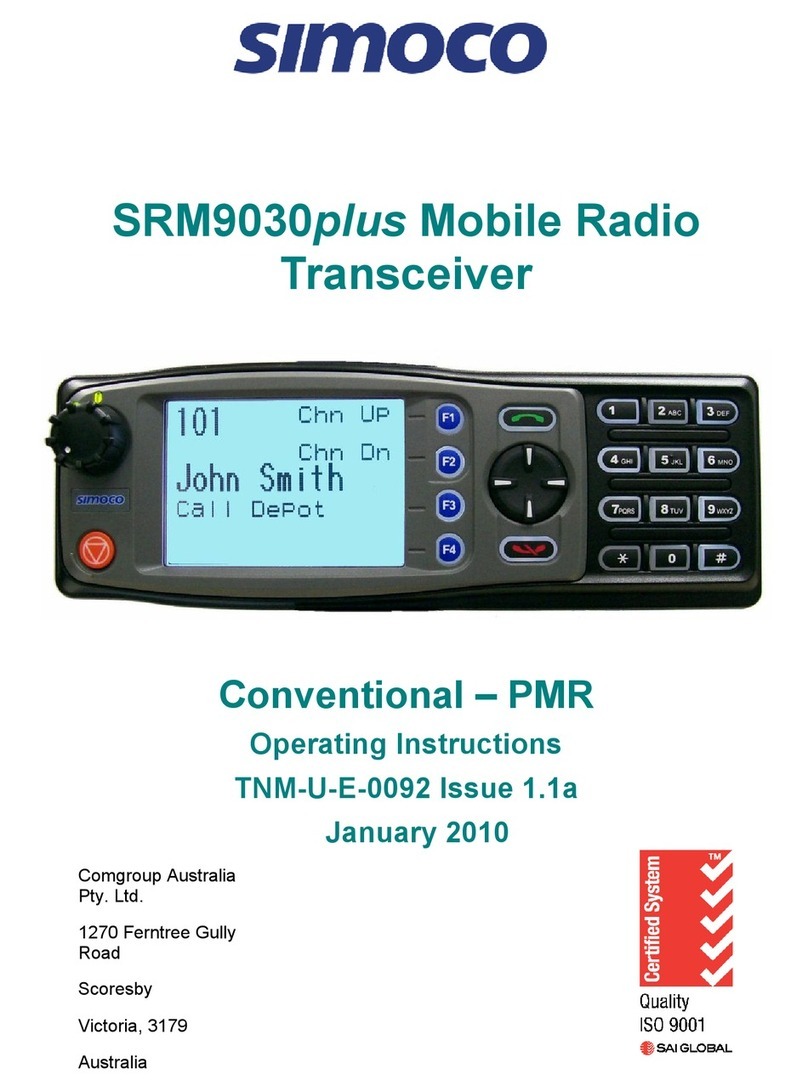SRP9100 ~ PMR Portable Radio ser Guide
TNM- -E-0053 Issue 1.1a Page iv © Comgroup Australia 2010
4.6.8
Dual Watch ...................................................................... 27
4.6.9
Contrast 28
4.6.10
Backlight ........................................................... 29
4.6.11
DTMF................................................................ 30
5.
COMMON F NCTIONS AND FACILITIES.......................................31
5.1
Switch-On/Switch-Off .............................................................. 31
5.1.1
olume Adjustment .......................................................... 31
5.2
Receiving .................................................................................. 32
5.3
Transmitting ............................................................................. 33
5.4
SELCALL Functions................................................................. 34
5.4.1
Receiving a Selcall........................................................... 34
5.4.2
Sending a Selcall ............................................................. 34
5.4.3
Other Selcall Functions .................................................... 34
5.5
Scan Functions ........................................................................ 36
5.5.1
Scan Screen..................................................................... 36
5.5.2
Scan-Edit Screen. ............................................................ 37
5.6
Keypad Lock ............................................................................. 38
6.
SPECIAL F NCTION KEYS.............................................................39
6.1
Monitor ...................................................................................... 39
6.2
Squelch Defeat ......................................................................... 39
6.3
Reset ......................................................................................... 39
6.4
Scan........................................................................................... 39
6.5
Send-2 ....................................................................................... 39
6.6
Transpond Disable................................................................... 39
6.7
CTCSS ....................................................................................... 39
6.8
Mute........................................................................................... 39
6.9
Goto Chan A, B, C, D................................................................ 39
6.10
Special Enc 1…8 ...................................................................... 39
6.11
Alarm ......................................................................................... 40
6.12
Repeater Defeat........................................................................ 40
































